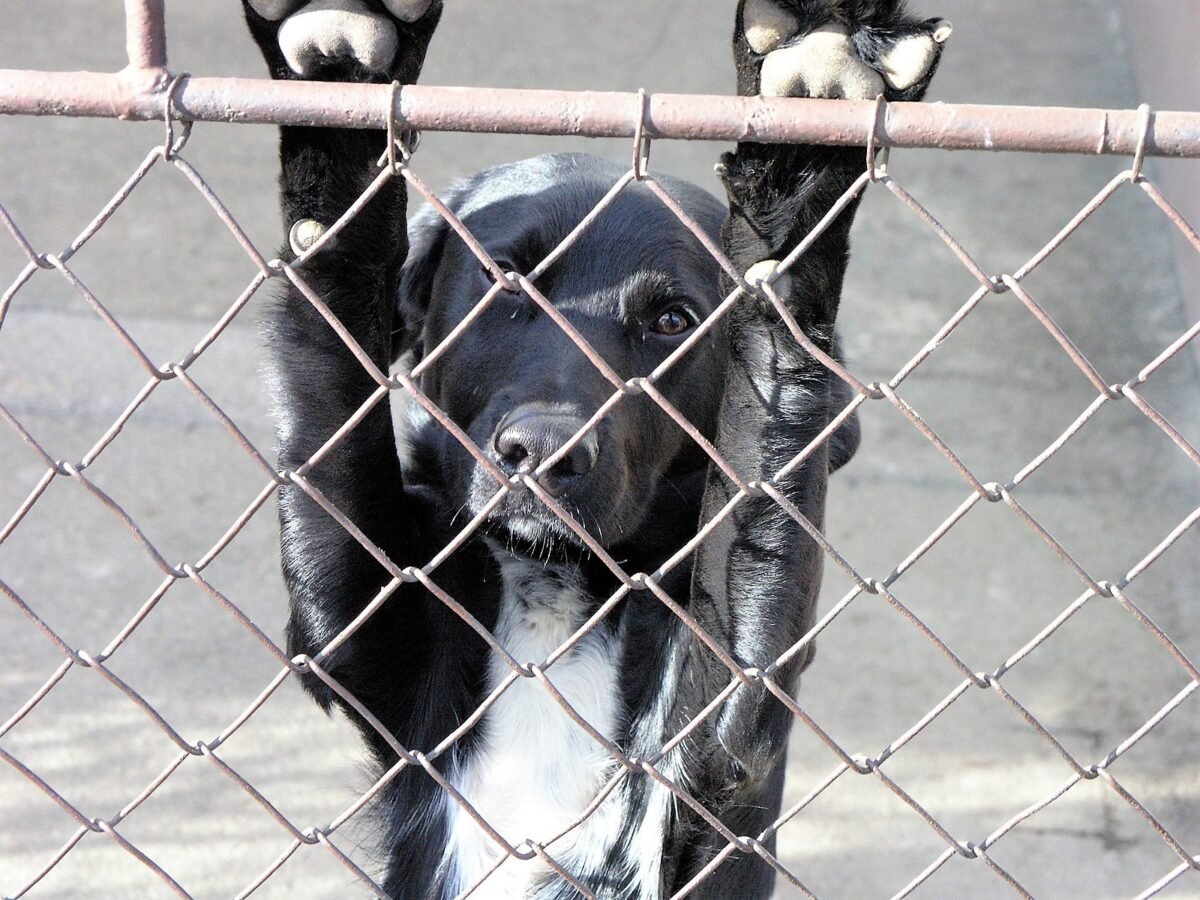-
China clones police dog – is this the future?
The “Sherlock Holmes of Police Dogs”. It is has recently been reported that Chinese scientists, in collaboration with the Ministry of Public Security, have taken DNA from a 7 year old female Kunming Wolfdog named Huahuangma and produced what they hope will be the first of a line of super police dogs that will reduce…
-
Top animal charities spend £500 million a year saving unwanted animals.

Are animal re-homing charities failing animals? We all know that the thousands of animal “re-homing” charities in the UK and around the world are doing wonderful work in finding new homes for hundreds of thousands of animals each year, because they are quick to tell us so and we see their great work depicted on…